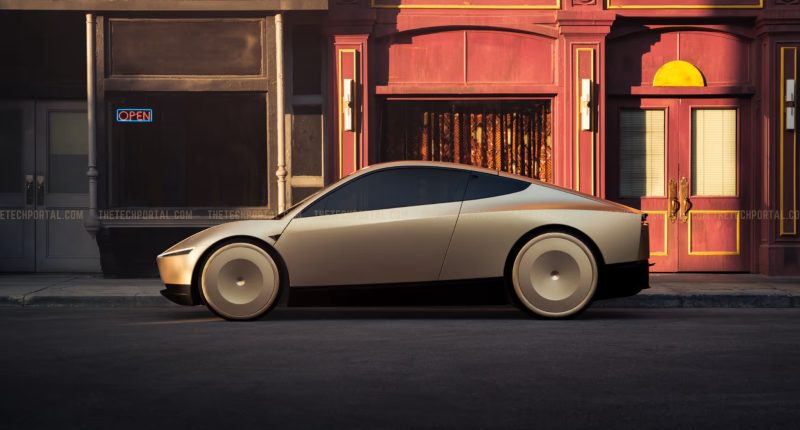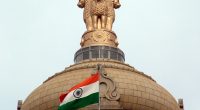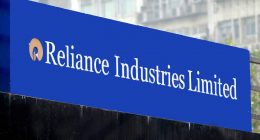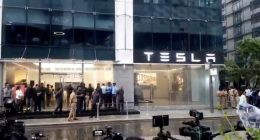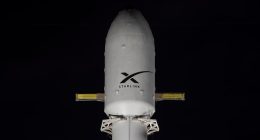In the latest development of Tesla’s pursuit of autonomous vehicles, the company has begun to test the service with its employees in the San Francisco Bay Area. Elon Musk – the CEO of Tesla – shared the details during the EV maker’s third-quarter earnings call, noting that this will allow employees to summon rides using a prototype app.
Musk aims to roll out paid, driverless rides by 2025 in California and Texas – a development that would make a major milestone in the company’s efforts on autonomous vehicles. Currently, employees who can hail the rides will have the vehicles come with safety drivers. “For Tesla employees in the Bay Area, we already are offering a ride hailing capability,” Musk said on the earnings call on Wednesday. “With the development app, you can request a ride, and it’ll take you anywhere in the Bay Area,” he added.
As for the commercial rollout of a fleet of autonomous vehicles, Tesla plans to roll out modified versions of its existing Model 3 and Model Y vehicles for the service during the initial stages. Eventually, there will be a transition to the Cybercab – which was introduced at Tesla’s robotaxi event earlier this month at Tesla’s “We Robot” event. Eventually, Tesla aims to produce 2-4 million Cybercabs on an annual basis. This development comes on the heels of Tesla gaining the license</a> to operate data centers and provide content distribution networks in China.
For now, Tesla has to go a long way before its fleet fully transitions to autonomous vehicles – taking the human element out of the equation. Musk notes that the company is yet to secure the green light from regulators, especially in California (the Department of Motor Vehicles (DMV) and the California Public Utilities Commission (CPUC) have a tight control over the testing and deployment of autonomous vehicles in the state). In comparison, it is easier to secure regulatory approval in Texas. And if things go well, expect to see Tesla’s robotaxis in other states by the end of 2025.
If you have been following us, then you are aware that Tesla’s robotaxi depends on the company’s Full Self-Driving (FSD) software, which is set to offer advanced driver assistance. For now, autonomous vehicles remain something out of a sci-fi film, especially since the FSD does not have the best track record. It is currently under scrutiny from regulators, including the U.S. National Highway Traffic Safety Administration (NHTSA) – the system has already led to multiple crashes (for example, an incident resulted in a Tesla passenger car striking a pedestrian, while another incident saw a Tesla Semi crash on Interstate 80 and catch fire). Musk remains optimistic regarding the FSD, though, and David Lau, Tesla’s VP of software engineering, confirmed that the vehicles used for the trials will come with human drivers (as a precaution) and will operate under the latest version of the FSD software.
This announcement comes a week after the company’s robotaxi event failed to inspire confidence in investors, and the company was instead criticized for lacking specific business plans or timelines. Still, Tesla managed to bounce back, regaining investor confidence by securing $25.18 billion in revenue for the third quarter of the year. This exceeded analyst estimates of $25.37 billion and clocked an annual growth of 8%. Its earnings per share (EPS) amounted to 72 cents/share for the same period, while its net income rose to about $2.17 billion.
The Tech Portal is published by Blue Box Media Private Limited. Our investors have no influence over our reporting. Read our full Ownership and Funding Disclosure →

